Palais Mussolini
Despite the name, this unusual palace in rural Tunisia never belonged to an Italian dictator.
Built in 1935, this palace mixes elements of modernist and arabesque architecture, in stark contrast with the modesty of the rural buildings nearby. This building was definitely not for commoners. It must have been for someone important, someone powerful, someone like Italian dictator Benito Mussolini. It was long believed that the palace had been built for the Italian dictator, but this was nothing but a legend born out of a joke.
A pharmacist of Italian descent by the name of Peppino Garsia commissioned the building of this palace. The Garsias were one of the many families that moved to Tunisia from Sicily towards the end of the 19th century, a product of Italy’s colonial interests in Tunisia. Although Tunisia was a French protectorate at the beginning of the 20th century, there were more people of Italian than French descent living in the North African country. Like some other of these families, the Garsias thrived and became wealthy agricultural entrepreneurs.
Peppino Garsia was a man of means who traveled frequently from Tunis to Hammamet. Something about the countryside between these two cities must have piqued his interest, as he decided to build a palace on a hill surrounded by farmhouses. He wanted to build a stately palace that brought together Middle Eastern and Western architectural styles. The architect that was chosen for this purpose was Ugo Chiarini, who was not just a famous architect, but also married into the Garsia family.
The internal floors are decorated with mosaics representing the 12 astrological signs, which is why the palace is also known as the Zodiac Villa. The interior of the palace recalls the circular shape of the outer walls, with an interplay of arches and rounded corridors. The rooms also follow the round contours of the building. Given the size and the complexity of the structure, the local farmers used to tease Peppino Garsia, asking when Mussolini would be coming for a visit. From this joke, the rumor started that Mussolini was the owner of the palace.
Immediately after Tunisia gained independence, this palace was used as a girls’ school, but it was eventually abandoned. Nowadays, farmers have made it their home. Several livestock pens are attached to the palace.
Plan Your Trip
The Atlas Obscura Podcast is Back!



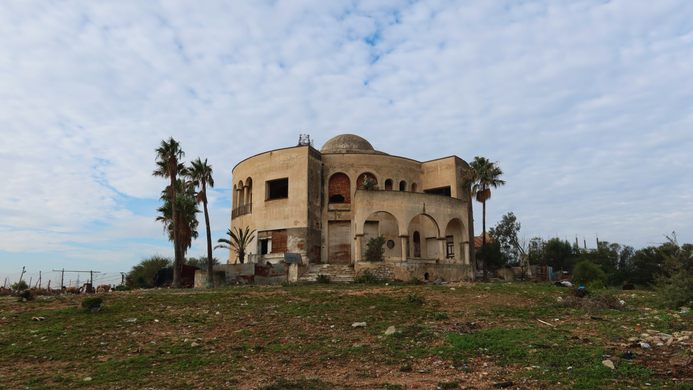

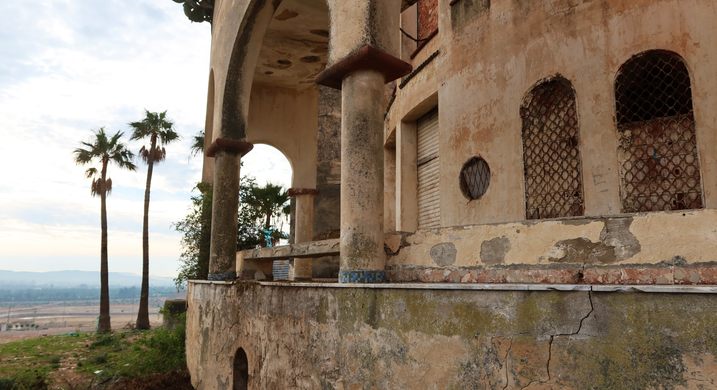
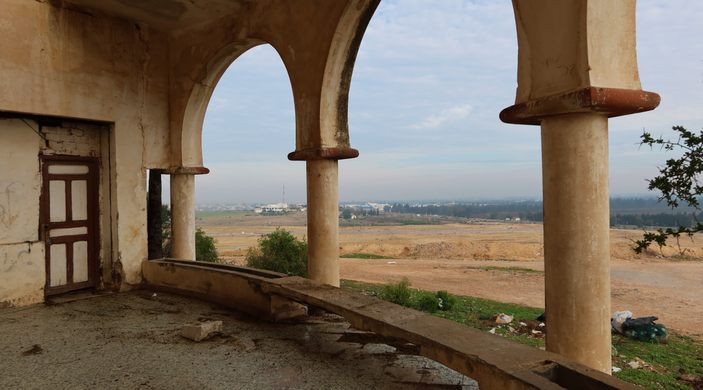
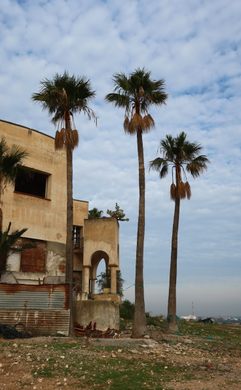
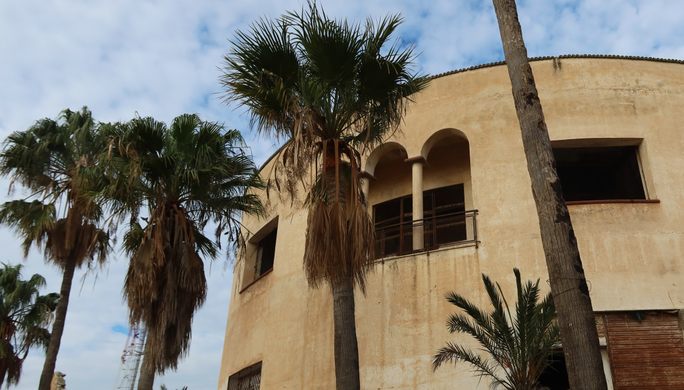
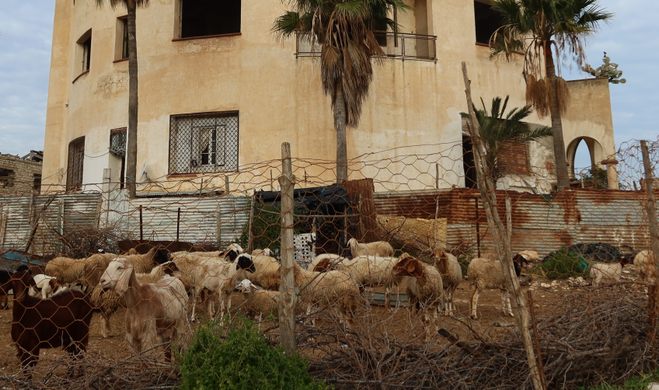
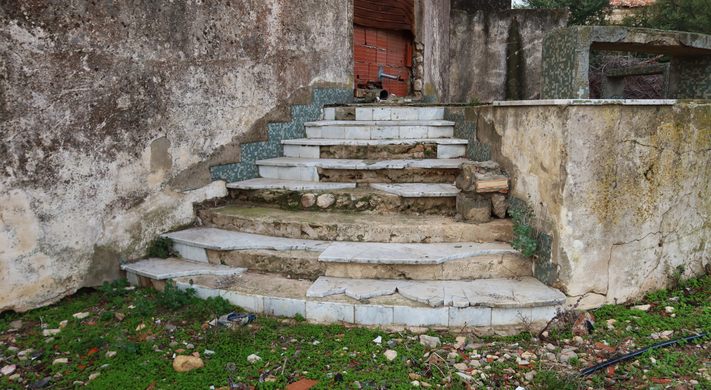

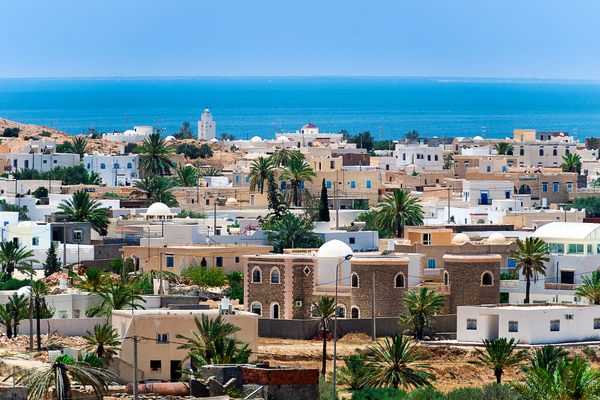

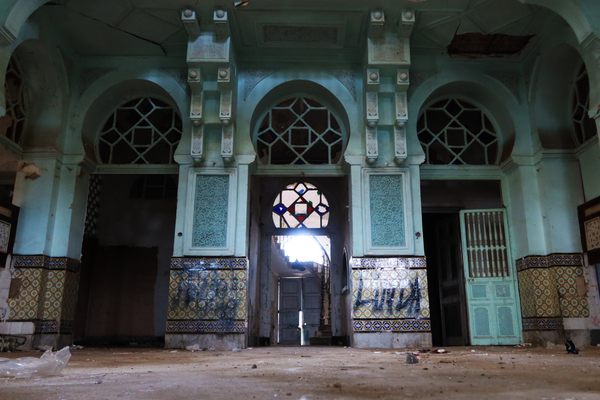


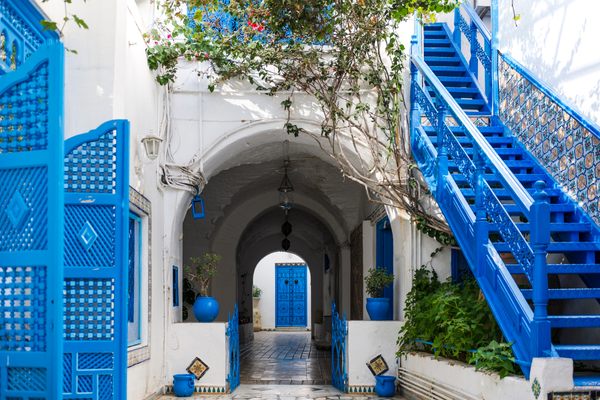





Follow us on Twitter to get the latest on the world's hidden wonders.
Like us on Facebook to get the latest on the world's hidden wonders.
Follow us on Twitter Like us on Facebook